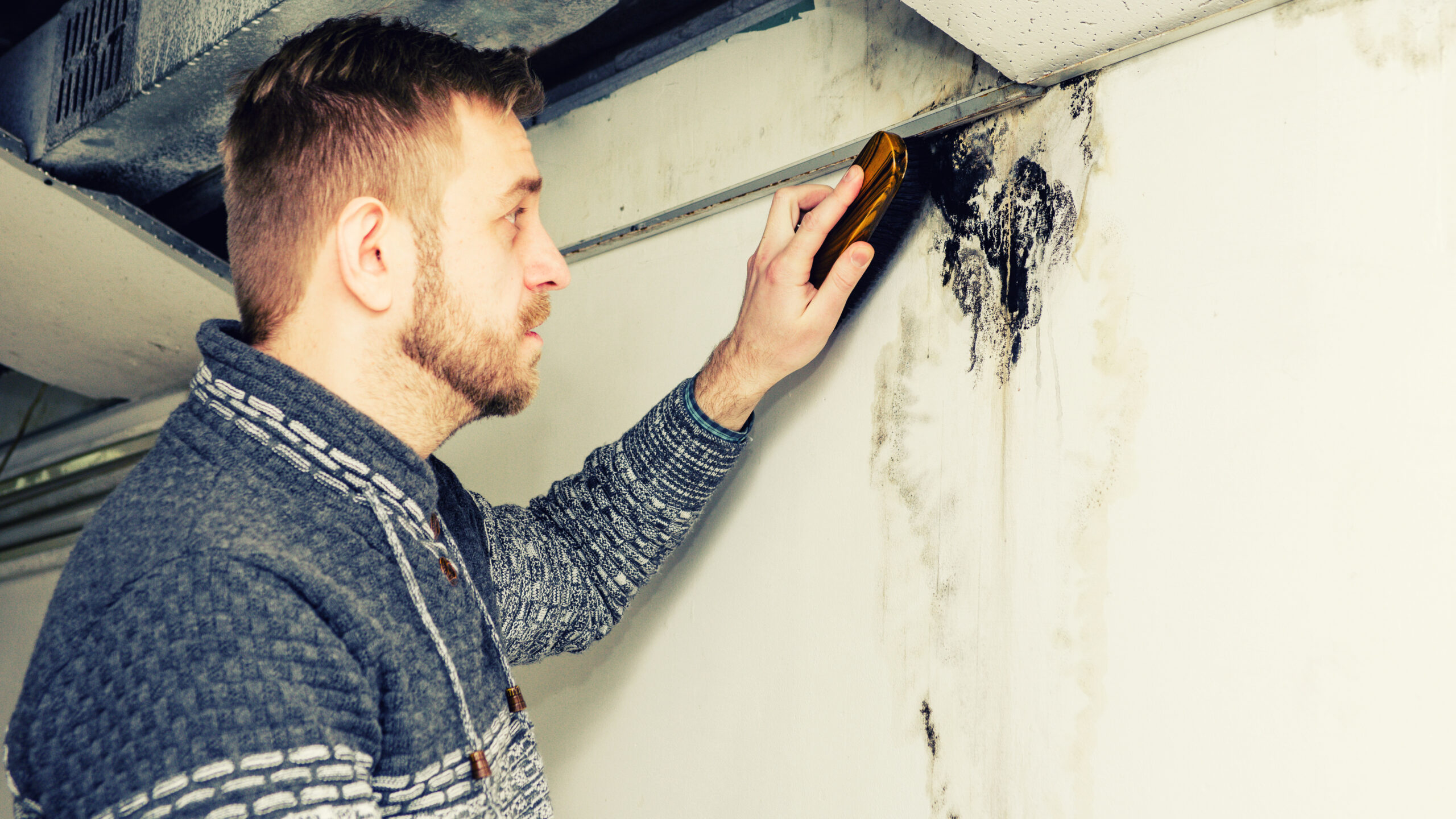When the rain starts pouring, homeowners who live in flood-prone areas must be extra vigilant. Even an inch of water in your home from a flood can cause extreme and expensive water damage. Among these inevitable effects of flooding include molds.
Mold forms once the water evaporates in the humid air. Unfortunately, this can be a health hazard for you and your family. That is why, as a homeowner, act quickly in beating mold as soon as possible after the flood.
While a mold outbreak and flooding seem to go hand-in-hand, there are still ways to stop mold from developing. This article explores some of the best ways to prevent a mold outbreak so you can take a more proactive approach as a homeowner.
Call A Water Damage Specialist
First, if the flooding is so extensive that you don’t even know where and how to start, let a water damage specialist do the job on your behalf. You may have to pay for their services, but that expense is worth it compared to the dire consequences of facing a mold problem at home.
A water damage specialist knows how to deal with flood and water damage, no matter how big or complicated. They also have the right tools to address these issues. Rest assured, when the water damage specialist is done, you will have your home restored to good condition and don’t have to worry about property damage and health hazards anymore.
You can get hold of specialists at this site if you’re still on the lookout for a potential company to hire.
Open The Windows And Doors
If it’s less humid outside and the rain has stopped, it’s a good idea to open up your windows and doors. Do this during the day because there’s enough balance of heat and wind in the morning. It will help water to evaporate without bringing moisture into the flooded area. If you open your windows when it’s humid outside, but the air is cold, the cold wind that comes into your building or home can cause mold to build up.
Remove Any Porous Items
Porous and hard-to-clean items include carpets, food, upholstery, wood, wallpaper, paper, leather, drywall, insulation material, and ceiling tiles. If they’ve been wet for more than 48 hours and are challenging to clean up, it’s best to remove them from your home. Bring them out in the garden so you can air dry them.
Keeping those porous items inside the home can be a source of mold growth. Remember, even dead mold can cause severe allergic reactions. Airing it out doesn’t just dry those items but keeps them clean and fresh to prevent mold and other bacteria from growing.
Do Not Use Bleach When Cleaning Up
Bleach may be a strong and effective cleaning agent, but not when dealing with a wet surface. You can only use materials and surfaces that were initially cleaned. It is why bleach is used on clothes only after the first cycle of laundry and the clothes have been initially cleaned. Adding bleach to clean clothes is only for extra sanitation.
This principle also applies to cleaning wet surfaces at home. If you use bleach on dirty surfaces such as those that have been flooded, its efficacy is significantly affected. Bleach loses its strength so quickly that it no longer strongly prevents fungal or bacterial growth.
Moreover, because the surfaces are still wet and moist, the chlorine-like smell of bleach will linger. It is not an ideal smell for your home and can even cause health concerns.
Ordinary soap and water will suffice this time around. What’s important is that you can focus on removing all the excess water and moisture in the area first.
Learn Where To Check For Mold
Once any standing water has already dried up, it’s time to give the whole space a thorough check so that you can examine for any potential growth of mold. Mold spores are tiny, so seeing where they’ve landed and grown can be challenging.
However, some areas in a home are identified as common hiding places of mold. These include:
- Under and inside carpets
- HVAC vents and intakes
- Toilet tanks
- Appliances
Checking these four areas or items can keep you in the loop about mold growth and help you identify any potential damage to appliances. Don’t switch them on unless they’re completely dry. As a final step, you could also consider waterproofing your home for that added layer of protection.
The Bottom Line
Water damage isn’t an isolated case, especially if you live in an area where flooding is prevalent. Excess moisture can be extremely challenging to clean up, so it’s not always something many homeowners are fond of dealing with. More than preserving your home’s condition, it’s also about preventing the onset of molds that are as nasty as they are unhealthy. Don’t feel like you’re left with no recourse, as you can always ring in the experts. If you live in a flood-prone area, it’s best to keep the tips above in mind to beat mold outbreaks as early as possible
